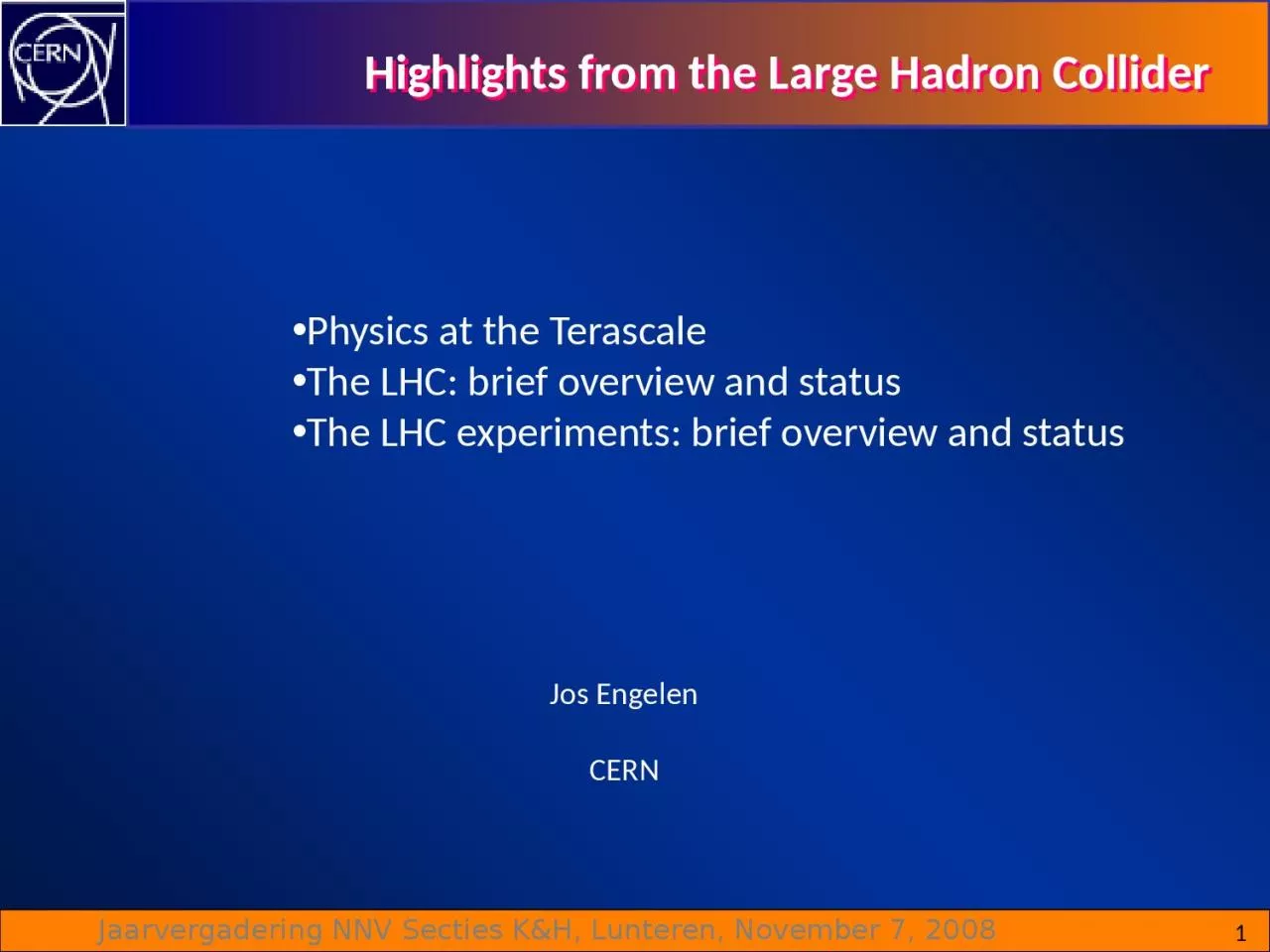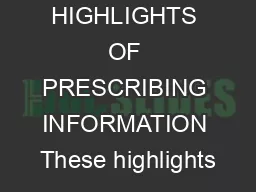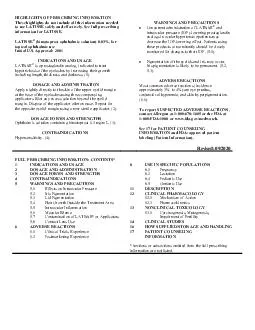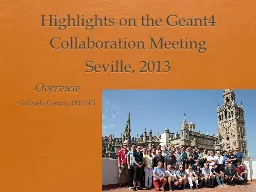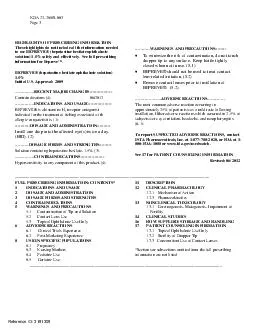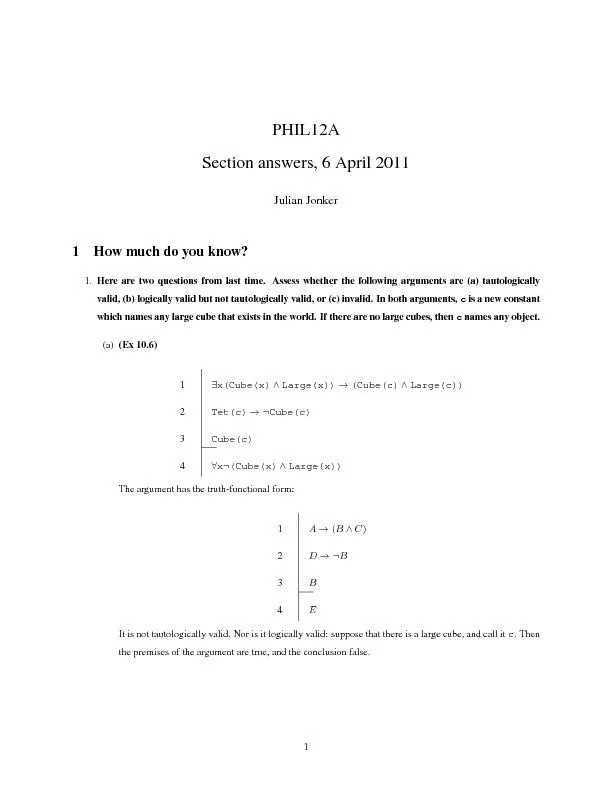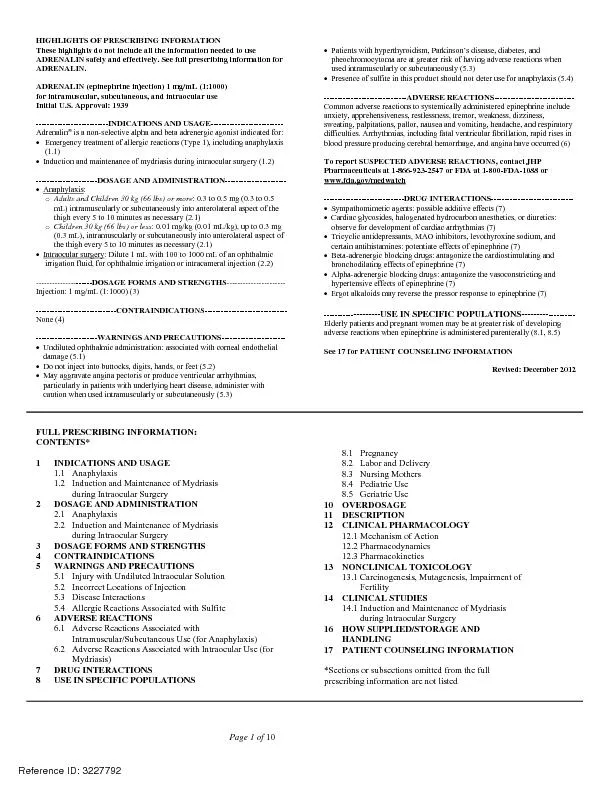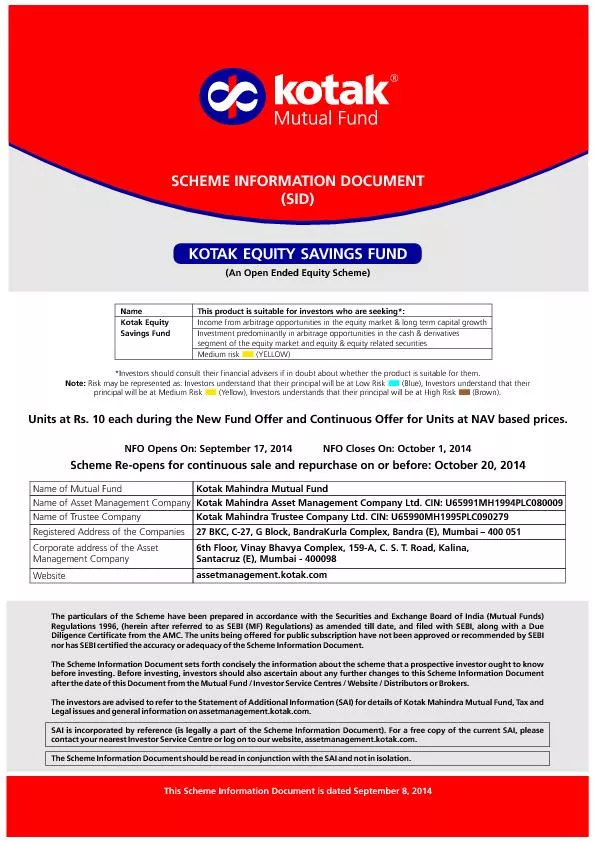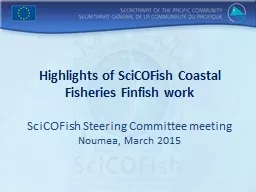PPT-1 Highlights from the Large
Author : elise | Published Date : 2024-02-02
Hadron Collider Jos Engelen CERN Physics at the Terascale The LHC brief overview and status The LHC experiments brief overview and status Standard Model and Beyond
Presentation Embed Code
Download Presentation
Download Presentation The PPT/PDF document "1 Highlights from the Large" is the property of its rightful owner. Permission is granted to download and print the materials on this website for personal, non-commercial use only, and to display it on your personal computer provided you do not modify the materials and that you retain all copyright notices contained in the materials. By downloading content from our website, you accept the terms of this agreement.
1 Highlights from the Large: Transcript
Download Rules Of Document
"1 Highlights from the Large"The content belongs to its owner. You may download and print it for personal use, without modification, and keep all copyright notices. By downloading, you agree to these terms.
Related Documents

